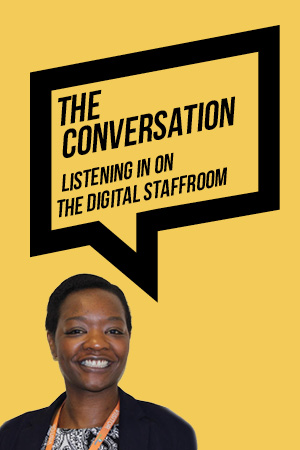Four years ago I wrote a series of blogs about how to open a free school. Unexpectedly, they became a book, sold very well, and became about the only book advising how to open a free school – which is daft, because I’d only been a teacher for four years when I wrote it and had never opened a school.
Now, we have this: an e-book published by Woodard School and the SSAT and written by people who have all opened (or are opening) schools. Looking at it, I get the sinking feeling my book’s time is up.
That said, it doesn’t start well. The first chapter is by Natalie Evans, chief executive of the New Schools Network, a government funded group paid to promote free schools. Cue adulation.
Free schools have “unleashed the entrepreneurialism of teachers like never before”, she says, presumably forgetting that teachers in post-war British cities taught among bombed ruins. Also, she say it is “gratifying” that school leaders have focused on “disadvantaged pupils”. I roll my eyes and think: is that because middle-class parents wouldn’t stand for such experimenting?
But that’s me being pernickety, and it’s unfair. The fact is, as the booklet explains, there are many amazing projects. Did you know the Big Issue magazine helped to create a school? That football clubs did? That some free schools offer more than 50 extra-curricular activities? These are things to celebrate. No eye-rolls from me.
Furthermore, the advice is refreshingly honest. Many chapters talk glowingly about the young staff hired to toil the necessary long days. Dr Jill Richford, vice-principal of East Manchester Academy, goes one further, though, and admits the problem with this. They make great middle leaders, she says, but they are reluctant to take senior leadership roles as the school grows.
Richford also discusses the sense of entitlement in her first-year cohort. This comes across in a other chapters, too. Starting cohorts are the first-borns, and so are doted over by their loving teachers. This can cause problems when other cohorts turn up and, in Richford’s case, meant the inaugurals weren’t “GCSE-ready” when exams loomed.
A chapter in the middle of the book by Dylan Wiliam of the Institute of Education was weirdly absorbing. He explains how to develop a curriculum from scratch using “big ideas” as a starting point. Maybe it was the clear explanation of scientific laws, maybe the intriguing graphs, but I found myself earnestly designing science curriculum in my head.
Despite a snort-worthy line about looking at your school from a “marketing perspectives”, Isabella Donnelly’s chapter on branding is also on point. The marketing and PR executive ponders how a school without former pupils, or a building, or a known reputation, can convince people to sign up? She recommends having a niche and a clear message. Not in a vague “get yourself an ethos” kind of way, but in a “get down to your Rotary club and put adverts up in bus stops” way.
One of the startling things about this book is its pragmatism. There are “top tip” boxes, exemplar documents, and checklists of what to do and not to do. The whole thing is surprisingly uncommercial – except for a few chapters where school leaders appear to have thought they were writing an entry for The Good Schools Guide rather than for people starting their own schools (here’s looking at you UCL and JCB academy).
The only real disappointment is that it abruptly ends after a strange chapter about a school in Slough. A warmer, rallying, reflective conclusion would have been better.
Still, if the editors of the book weren’t able to offer one, then at least I can. The message of this book is simple. Sweat the small stuff and all will be well, and if you don’t know the small stuff, then read this book and you will.












I thought Toby Young had the copyright on books telling us how to open free schools